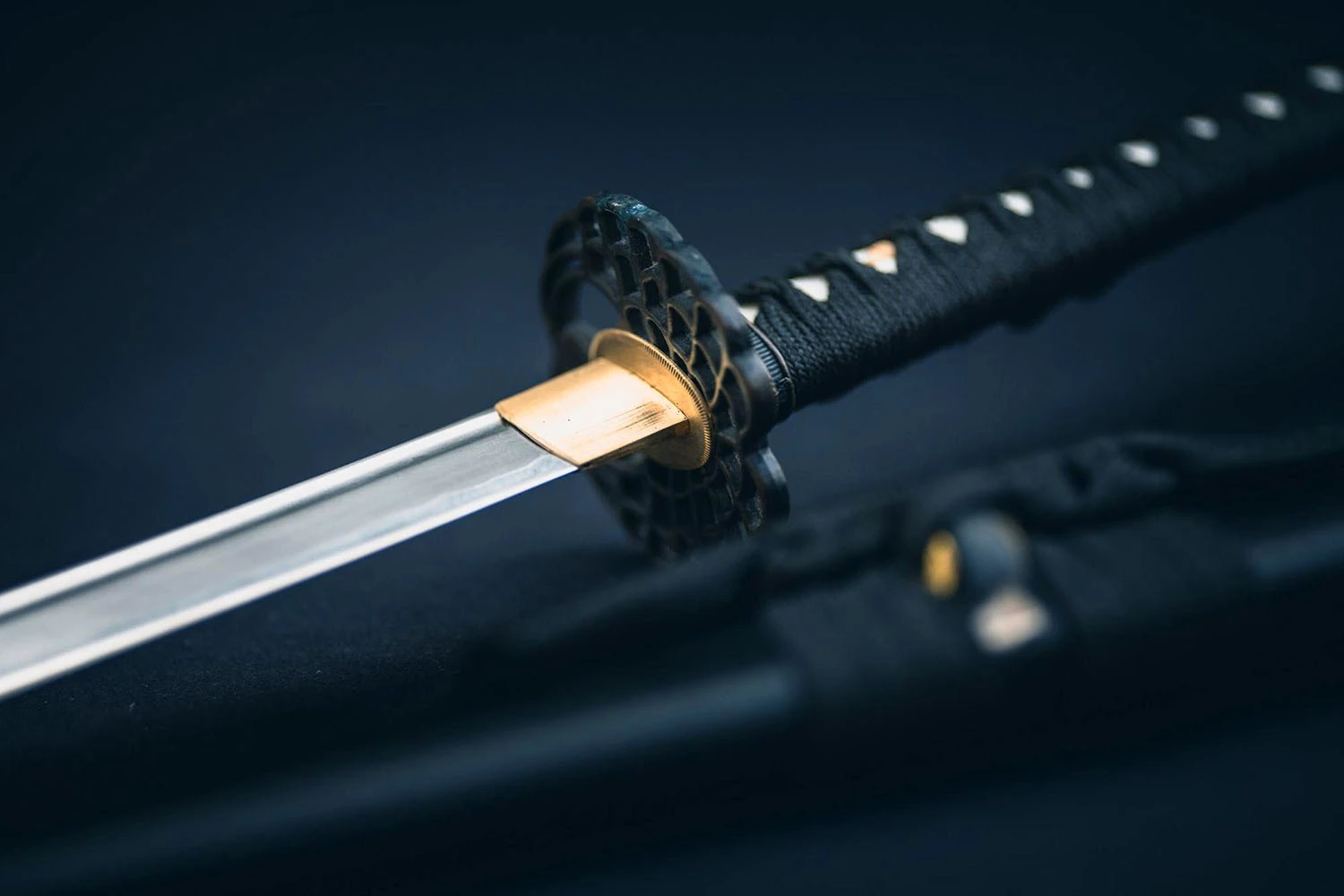
Japanese Martial Arts - Tradition, Discipline, and Craftsmanship
Japanese martial arts are among the oldest and most fascinating traditions in the world. They encompass a variety of disciplines that have developed over centuries and continue to be practiced today, either in their original forms or through modern adaptations. From the famous samurai warriors to contemporary practitioners, Japanese martial arts offer more than just physical abilities—they promote mental discipline, focus, and self-control.
The Origins of Japanese Martial Arts
The roots of Japanese martial arts date back to ancient times, influenced by China, Korea, and India. As early as the 7th century, various combat techniques were developed in Japan, which later formed the foundation for today's martial arts. These early martial arts included both unarmed techniques and the use of weapons such as the sword, bow, spear, and others. These arts were developed not only for warfare but also for spiritual and moral training.
The Significance of the Samurai
The samurai played a crucial role in the development of Japanese martial arts. They were not only warriors but also guardians of tradition and culture. The samurai code, known as Bushido, emphasized virtues such as honor, discipline, courage, and loyalty. For the samurai, mastery of martial arts was a lifelong pursuit, deeply connected to their spiritual and moral development. The sword—especially the katana—was regarded not just as a weapon but as a symbol of the samurai's code of honor.
The Diversity of Japanese Martial Arts
There are many different Japanese martial arts, each with unique techniques, philosophies, and training methods. Some of the most well-known include:
Karate: An unarmed combat sport focusing on punches, kicks, and blocking techniques.
Judo: A grappling-based sport involving throws and ground fighting techniques.
Aikido: A martial art based on redirecting the energy of the opponent, aiming to subdue them without causing serious harm.
Kendo: A form of fencing that focuses on swordsmanship and promotes both physical and mental discipline.
Iaido: The art of sword drawing, focusing on fast and precise blade movements, often with meditative aspects.
Ninjutsu: The art of the ninja, encompassing strategies, espionage, stealth, and the use of various weapons.
The Principle of Harmony and Balance
One of the central philosophies behind Japanese martial arts is the search for harmony and balance—both in the physical and mental realms. In many martial arts, the practitioner is encouraged not only to develop physical strength but also to cultivate inner calm, mindfulness, and discipline. This holistic approach makes Japanese martial arts more than just a sport; they are a way of life, integrating body and mind in perfect harmony.
The Importance of Technique and Precision
In Japanese martial arts, great emphasis is placed on technique and precision. Every punch, kick, or throw is executed with the highest level of accuracy and control. The path to mastery requires years of training and dedication. In disciplines such as Kendo and Iaido, practicing movements through repeated, precise motions is crucial. This meticulous focus on detail and repetition is one of the greatest strengths of Japanese martial arts, helping practitioners develop both physical and mental strength.
Martial Arts as a Spiritual Practice
For many practitioners, Japanese martial arts are more than just a physical sport; they are also a form of spiritual practice, where the path to self-improvement is central. Many martial arts include meditative elements that help the practitioner enter a state of mindfulness and concentration. Through Zazen (seated meditation) in arts such as Aikido or Karate, practitioners aim to calm the mind and achieve inner balance. These meditative aspects make martial arts a journey of personal transformation and self-discovery.
The Path to Mastery – The Zen Mindset
The Zen mindset, which is deeply embedded in many Japanese martial arts, emphasizes the pursuit of mastery through continuous practice and self-improvement. It is not about defeating the opponent, but about overcoming oneself. This idea is rooted in Shoshin (beginner’s mind)—an attitude that remains open to learning, no matter one’s skill level or experience. In Japanese martial arts, the constant striving for perfection is an essential part of the journey.
Modern Significance of Japanese Martial Arts
Although many traditional Japanese martial arts originated from warfare and samurai traditions, they are now widely practiced as sports and spiritual practices. Many people around the world practice Karate, Judo, and Kendo to not only improve their physical fitness but also strengthen their discipline, focus, and mental abilities. Especially in the Western world, Japanese martial arts have gained popularity and are taught in many schools, dojos, and fitness centers.
Conclusion – More Than Just Combat
Japanese martial arts are much more than just physical combat. They are a way of self-actualization, promoting discipline, mindfulness, and inner peace. The principles of Japanese martial arts—ranging from the balance between body and mind to the pursuit of constant improvement—have a profound impact on those who practice them. Whether as a sport, spiritual practice, or as part of one’s cultural development, Japanese martial arts remain a valuable tradition that continues to captivate and inspire people worldwide.
